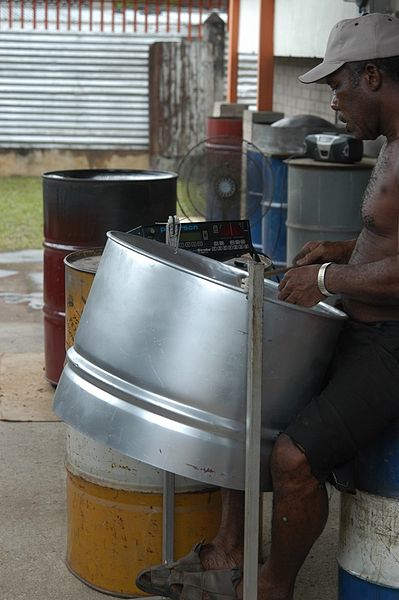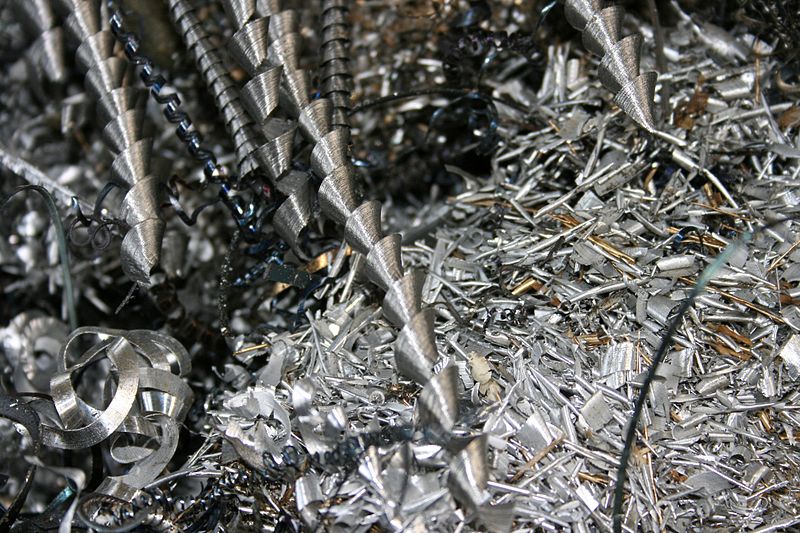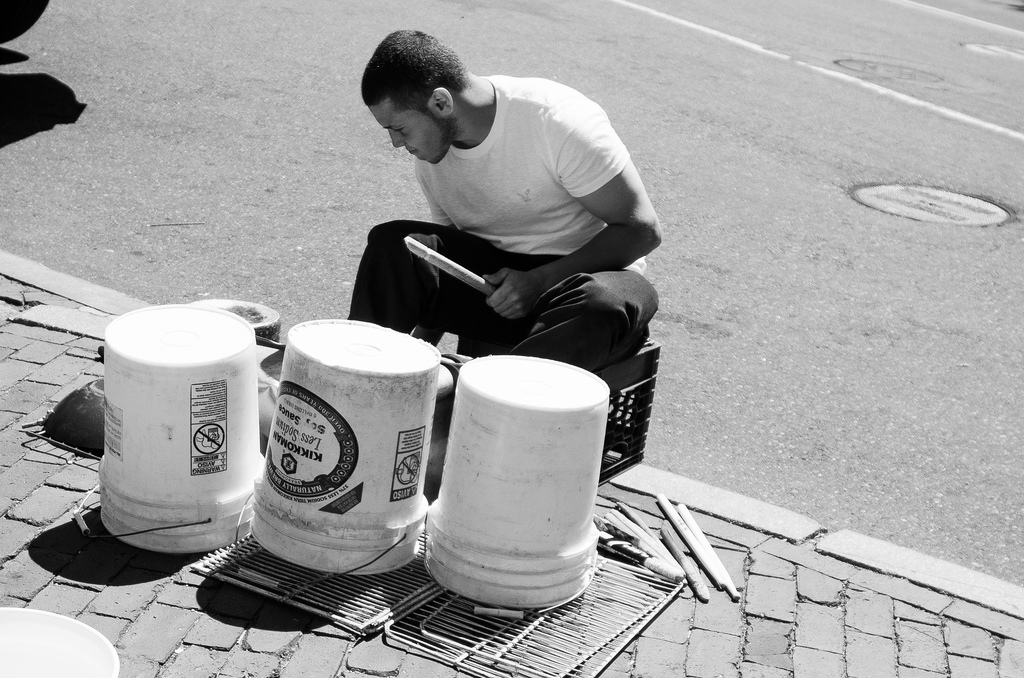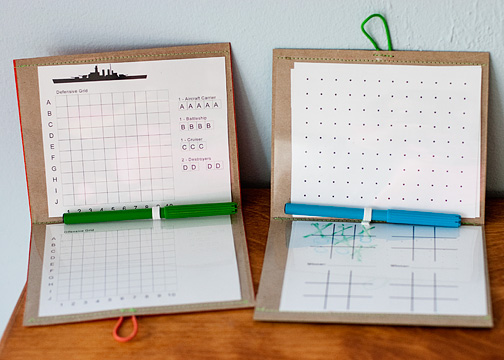By Scott Huntington
You’d probably be lying if you said that you didn’t spend at least a moderate amount of time during your childhood banging on various and sundry items that happened to be within reach. If we’re being honest, this particular sort of self-expression doesn’t seem to lessen with age; thankfully, our methods tend to get more sophisticated over time.
However, sometimes it’s fitting to go back to the primal days of beating anything that will make noise. Making your own percussion instruments can be a great way fully to understand sound, timbre, and tone. If you have music students or teach a drumline, having your students build their own drums can be a fantastic learning experience for everyone involved.
Before we get into the specifics about how to perfect your own DIY percussion instruments, let’s get some inspiration from some of the big names in homemade instruments.
Learn from the professionals
Most of us have some experience appropriating household items in our music-making endeavors, but the people behind the show STOMP have turned this pastime into an art form. This unique live show has a 20th anniversary quickly approaching, with tickets for the celebration show in New York City selling fast.
Using everything from trash-can lids to their own bodies, this is as good as it gets when it comes to DIY instruments.
If you’re looking for another great source of inspiration, look no further than Recycled Percussion – a “quintessentially Vegas” experience that boasts of having performed more than 4,000 shows worldwide. Quite a few of the band’s instruments will look quite familiar; they’re no strangers to homemade instruments made from pots, pans, scrap metal and even automobile parts.
Use What’s Around You

Tuning a steel drum with a Peterson strobe electronic tuner. Photo by Andrew Hitchcock. CC BY 2.0 via Wikimedia Commons.
Steel drums, or pans, has its roots in Western Africa, and its sound remains intrinsically linked with the spirit of the Caribbean. It really is a singular sound, and even the most basic steel pans – those made of recycled 55-gallon drums – are capable of producing utterly captivating sounds.
Building and tuning your own steelpan is time-intensive, but certainly not impossible, as this video from SmartyPansMusic demonstrates. Even if you don’t have the time or any spare oil drums lying around, there’s a good chance that you can find some suitable materials not far from where you live. Here are some ideas.
PVC Pipes: Whoever it was that first looked at a PVC pipe and said “I can make music with that” was clearly a visionary. PVC pipes are fairly inexpensive, as far as building materials go, and can produce an almost shocking range of sounds.
To get a sense of what’s possible with PVC pipes, check out this wonderful video from a guy who played some recognizable tunes including “In the Hall of the Mountain King” and “Viva la Vida.” The interesting thing about this type of instrument is that the sounds it produces is less about the sound of two objects colliding and more about the manipulation of the air within the pipes. The major variables you’ll be playing with are the lengths and widths of the pipes.
Scrap Metal: If you want to create your own STOMP experience at home, it may be time to “rescue” some scrap metal to create your own percussion instruments. Companies like McElroy Metal have sites in many states throughout the U.S., and offer a variety of materials to choose from, in different sizes and shapes.

Scrap metal / offcuts at Toruń Centre for Astronomy, Toruń, Poland. Photograph by Mike Peel. CC BY-SA 4.0 via Wikimedia Commons.
Slum Drummers is a group of Kenyan-born musicians who have brilliantly combined scrap-metal instruments with public outreach; their mission is to spread not only a love of music, but also an awareness of cultural issues such as drug use. From humble beginnings in scrap yards, these musicians and their castaway pieces of metal have gone on to inspire audiences across the world.
Buckets: It really is amazing what can be accomplished with some ordinary household items. If you’re working with a somewhat tighter budget, or a trip to a scrap yard simply isn’t in the cards for you, buckets might just be the way to go.
You can experiment with different materials, such as plastic and metal, as well as with different thicknesses. Buckets are some of the simplest and most utilitarian household items at our disposal, but they can produce a wide array of sounds. You’ll also want to try different methods of striking the buckets; traditional drumsticks are great, but you could try differently sized pieces of wood or even metal to really get the perfect tone.

Street Drummer, by Nicholas Erwin. CC BY-NC-ND 2.0 via nickerwin Flickr.
Don’t Be Afraid to Experiment
No matter what materials you end up choosing, some experimentation will be in order before you get the sound you’re looking for. Modern drum kits work the way they do because of resonant heads and strategically placed air holes. Some trial and error is necessary to see what works best for the materials you’ve chosen.
Experimenting with different types of materials can be a really instructive experience for music students. It’s one thing to have a measure of skill as a musician, but quite another to understand precisely how it is that our favorite instruments create their sound. To that end, homemade drums are a great place to start.
Scott Huntington is a percussionist specializing in marimba. He’s also a writer, reporter and blogger. He lives in Pennsylvania with his wife and son and does Internet marketing for WebpageFX in Harrisburg. Scott strives to play music whenever and wherever possible. Follow him on Twitter at @SMHuntington.
Oxford Music Online is the gateway offering users the ability to access and cross-search multiple music reference resources in one location. With Grove Music Online as its cornerstone, Oxford Music Online also contains The Oxford Companion to Music, The Oxford Dictionary of Music, and The Encyclopedia of Popular Music.
Subscribe to the OUPblog via email or RSS.
Subscribe to only music articles on the OUPblog via email or RSS.
The post Make your own percussion instruments appeared first on OUPblog.







